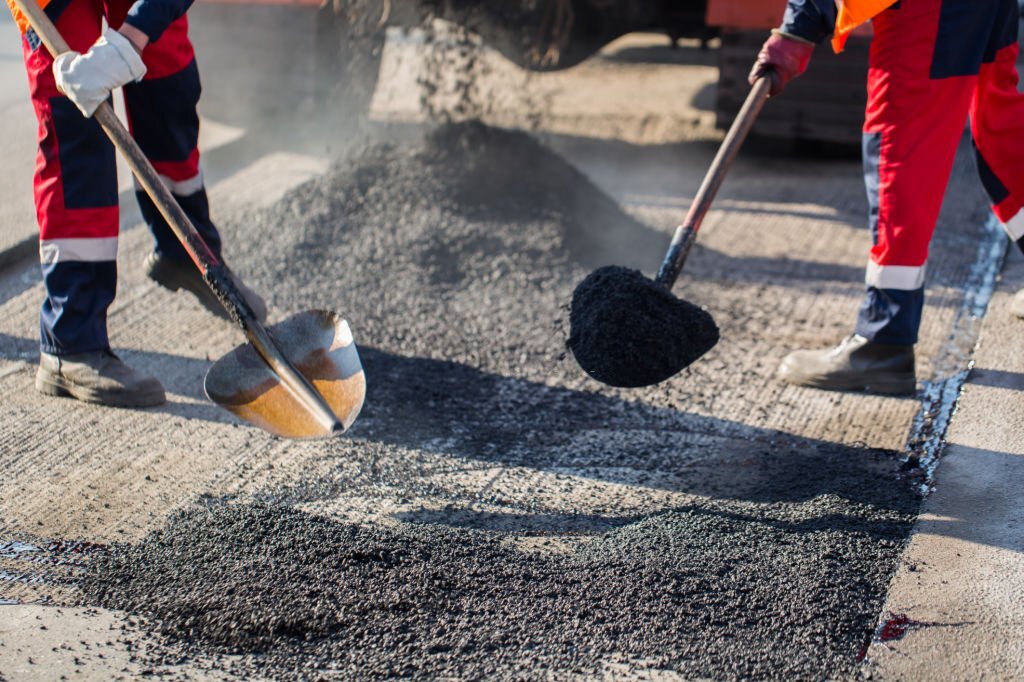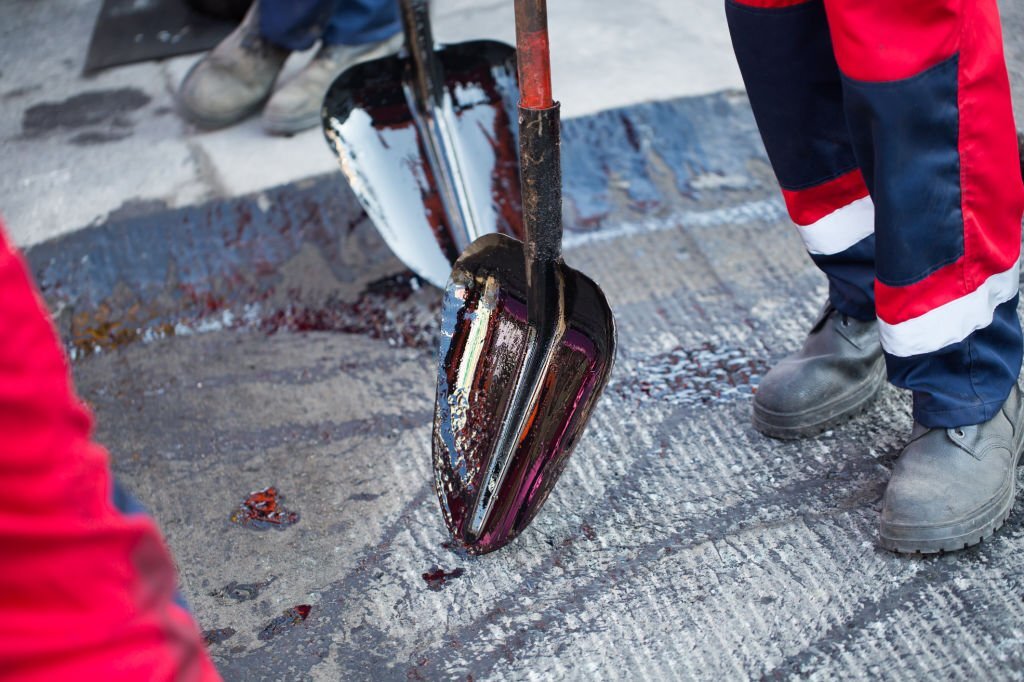Determining Concrete Resurfacing Thickness
When reviving an old or damaged concrete floor or surface, one of the most crucial aspects to consider is how thick the concrete resurfacing layer should be. The thickness of the resurfacing layer largely depends on the nature of the damage, the type of finish desired, and the specific requirements of the surface in question.
Factors Impacting Resurfacing Thickness
- Nature of Damage: A surface with numerous cracks, chips, or deep divots may require a thicker application to ensure a smooth and uniform finish.
- Intended Use: Areas that anticipate heavy traffic, such as driveways or industrial floors, might need a thicker resurface layer for durability.
- Type of Resurfacing Material: Some materials might be designed to be applied thicker than others. For instance, epoxy coatings might differ in thickness compared to a traditional cement-based overlay.
Localized Differences: Parnell vs. Herne Bay
Concrete resurfacing in Auckland can vary slightly depending on local conditions. For instance, homes in Parnell, given its upscale and historic nature, often opt for decorative finishes which might have different thickness requirements. Meanwhile, Herne Bay’s coastal environment may influence homeowners to opt for resilient materials to combat the salty sea air, requiring a distinct approach to thickness.
Types of Finishes and Estimated Costings
- Basic Overlay: A simple layer to renew the appearance. Typically 3-6mm thick. Approximate cost: $60/m².
- Stamped Concrete: Mimics the look of stones, bricks, or other patterns. Generally, 6-12mm thick. Estimated cost: $80/m².
- Epoxy Coatings: Used mainly for garages and industrial spaces. The thickness can vary between 2-4mm. Approximate cost: $100/m².
Council Bylaw Considerations
It’s vital to check with local Auckland Council regulations before commencing any resurfacing project. Some areas might have restrictions on the type of materials used or the application methods, especially in zones with heritage or environmental protection rules. While Parnell and Herne Bay have their unique guidelines, suburbs like Remuera might have different codes, especially concerning driveways or pathways adjoining public roads. Always ensure compliance to avoid future complications.
Deciding on Thickness: Benefits and Considerations
| Aspect | Pros | Cons | Estimated Costs |
| Thin Overlay (3-6mm) | Less material, faster drying | Less durable | $60/m² |
| Medium Overlay (6-12mm) | Balanced durability & aesthetics | Slightly higher costs | $75/m² |
| Thick Overlay (12mm+) | Highly durable | Longer drying, highest cost | $90/m² |
Concrete resurfacing, when done correctly, revitalises old surfaces, making them look new and extending their lifespan. By taking into consideration the unique requirements of your space and consulting with experts, you’ll ensure a successful and lasting concrete resurfacing project in Auckland.
Frequently Asked Questions on Concrete Resurfacing Thickness
Why is the thickness of the resurfacing layer important?
The thickness determines the durability, appearance, and lifespan of the resurfaced concrete. A correctly chosen thickness can ensure the surface withstands regular wear and tear without cracking or deteriorating prematurely.
How is the ideal thickness determined for a specific project?
The ideal thickness is typically determined by the nature of the existing surface damage, the intended use of the area, and the type of resurfacing material chosen.
Can I go for a very thick layer for added durability?
While a thicker layer can offer more durability, it can also be more prone to issues like cracking if not appropriately applied. It’s essential to balance thickness with the specific requirements of the project.
Is there a minimum thickness recommended for any resurfacing project?
Yes, a basic overlay usually has a minimum thickness of about 3mm. However, the exact minimum can vary based on the specific resurfacing material used.
How does the type of resurfacing material influence thickness?
Different materials have distinct application thicknesses. For instance, epoxy coatings might be applied thinner than cement-based overlays which are designed to fill in more significant surface imperfections.
Are there any disadvantages to applying a too-thin layer?
A layer that’s too thin may not effectively cover imperfections, leading to an uneven finish. It might also wear out faster, especially in high-traffic areas.
How does weather affect the thickness and drying time?
Warmer temperatures can cause faster drying, which might affect the workability of the material, especially for thicker applications. Conversely, cooler, damp conditions can extend drying times.
Does the thickness of the layer impact the cost of the project?
Generally, a thicker application requires more material, which can increase the cost. However, the type of material and labour complexities can also influence the overall price.
Can I change the finish or colour of my concrete with a thin resurfacing layer?
Yes, even thin overlays can be tinted or textured to achieve a desired look. The key is to ensure the layer is consistent and covers the existing surface uniformly.
Do I need to consult with a professional about the appropriate thickness?
While general guidelines can provide a starting point, consulting with a concrete resurfacing professional ensures the best results tailored to your specific situation. They can assess the existing surface and recommend the ideal thickness and material.
Key Takeaways on Concrete Resurfacing Thickness
Importance of Correct Thickness
The right thickness ensures the durability, lifespan, and appearance of the resurfaced concrete, protecting it from premature wear and tear.
Determining Ideal Thickness
Factors like existing surface damage, intended use of the area, and the chosen resurfacing material play a role in determining the perfect thickness.
Balance in Thickness Application
While added thickness can increase durability, it’s crucial to balance it with the project’s requirements to avoid potential issues like cracking.
Material Influence
Different resurfacing materials have their recommended application thicknesses. For instance, epoxy might be thinner compared to cement-based overlays.
Weather Considerations
Temperature and humidity can affect both the application thickness and drying time of the resurfacing material.
Cost Implications
A thicker application generally requires more material, which can influence the overall cost of the resurfacing project.
Aesthetic Flexibility
Even with a thin overlay, it’s possible to change the concrete’s colour or finish, ensuring a fresh and appealing look.
Professional Consultation
For the best outcomes tailored to individual circumstances, consulting with a concrete resurfacing professional is highly recommended. They can provide insights on the ideal thickness and material for specific projects.


